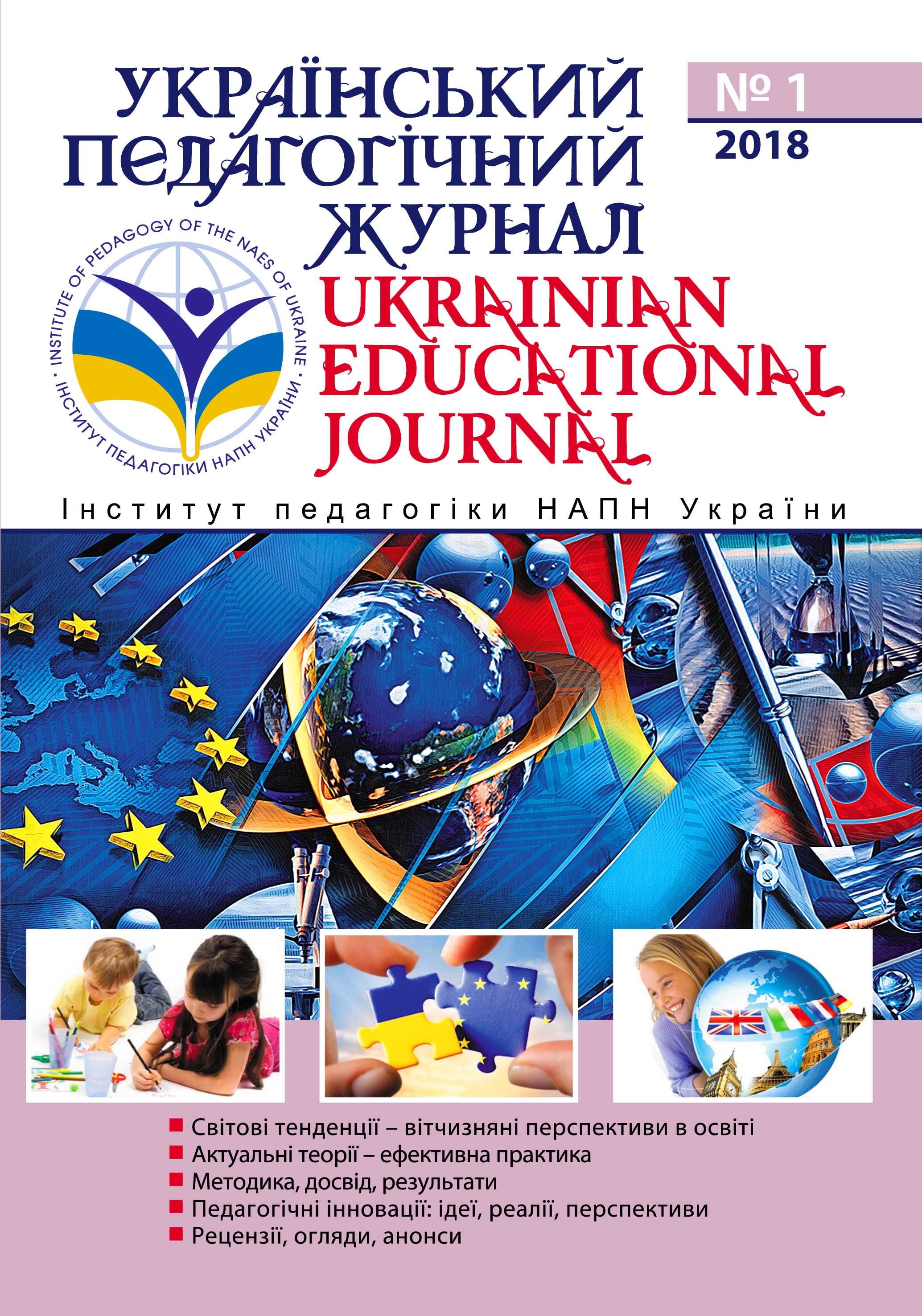Abstract
The article deals with the significance of test exercises in educational process organizing during studying geography in high school. The importance of competence approach for test models constructing during geography teaching at present stage of educational system development is shown. The variant of competence-oriented test questions in local studies for students is proposed. The theoretical and methodological foundations of effective education of high school graduates by means of competenceoriented test exercises of local studies at geography lessons are analyzed. One of the directions of increasing the efficiency of educational process at geography studying is the introduction of the competence approach to the test models during geography teaching. One of the important components of human life, as a conscious being, is the realization of its existence, the assimilation of knowledge about the world around us and ourselves, which, to a greater degree, is, in our opinion, facilitated by school curriculum. The content of school geographic studies includes historical-geographical, physical-geographical, social-economic aspects of knowledge of native land peculiarities. As a part of various test models, during local studies at geography lessons there might be used questions (by increasing complication) with answer variants (reproduction of information, logic-analytical thinking), using fragment of geographical map (on spatial thinking), competence-oriented, etc. The use of various types of test exercises in the field of local studies at geography lessons promotes not only the learning of result information by students, but also the development of logical, analytical, spatial, figurative-associative thinking, and the formation of appropriate competencies.

This work is licensed under a Creative Commons Attribution-NonCommercial-ShareAlike 4.0 International License.

